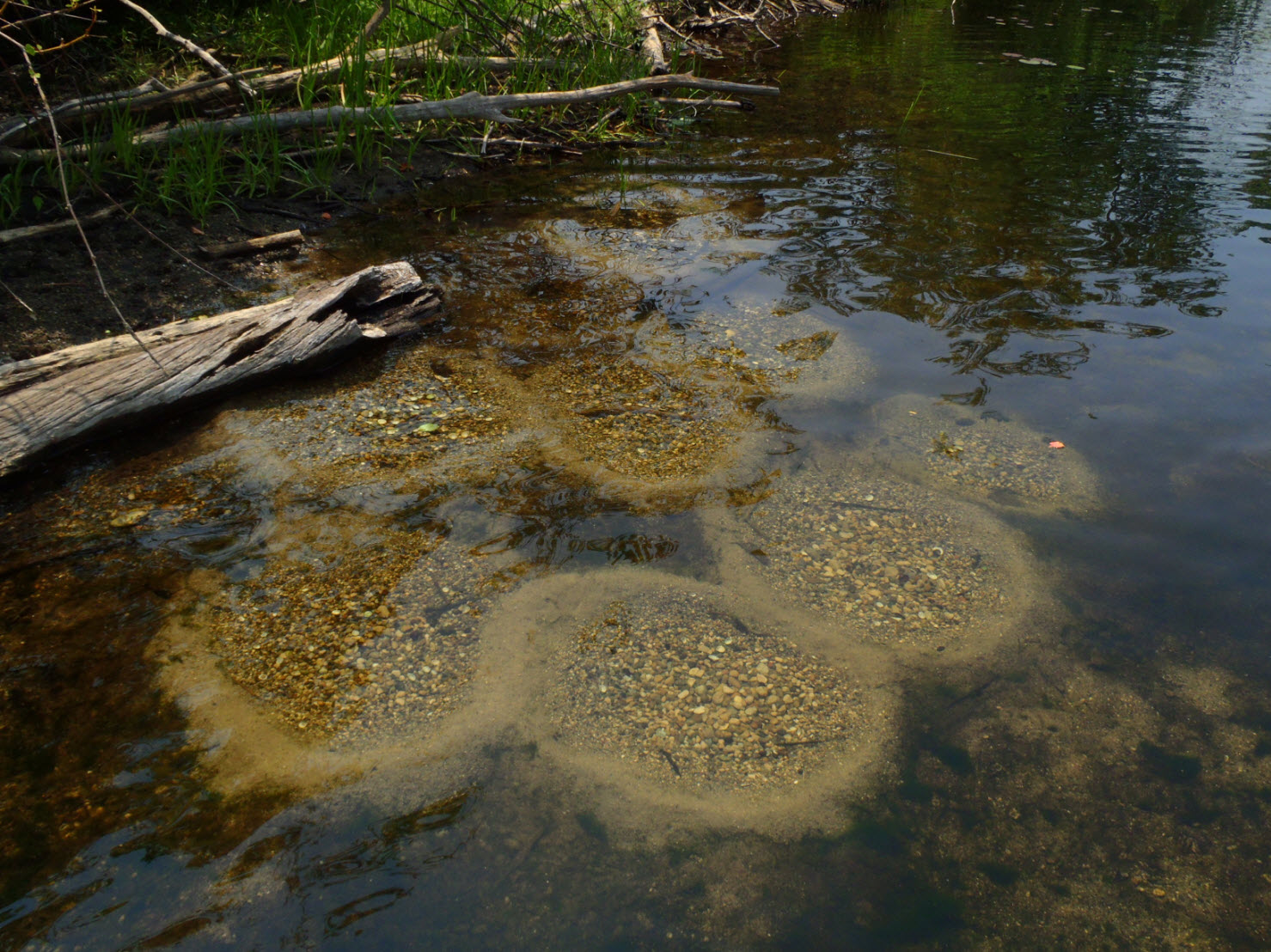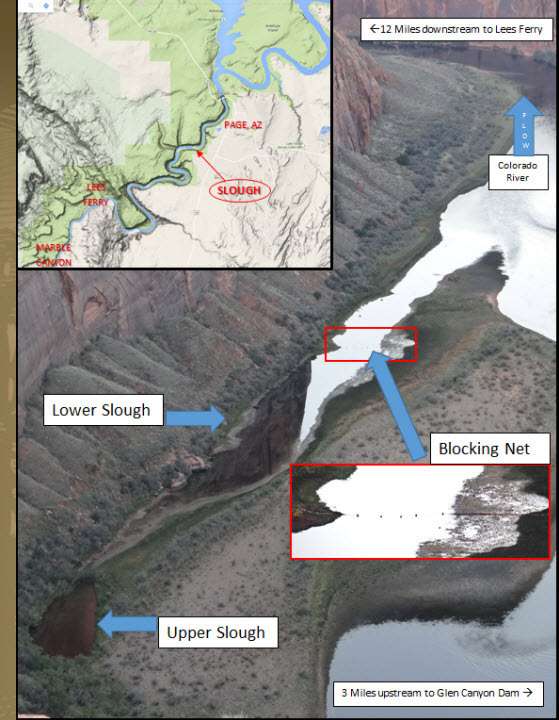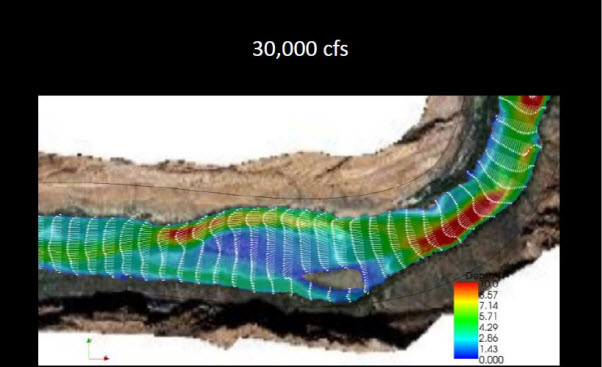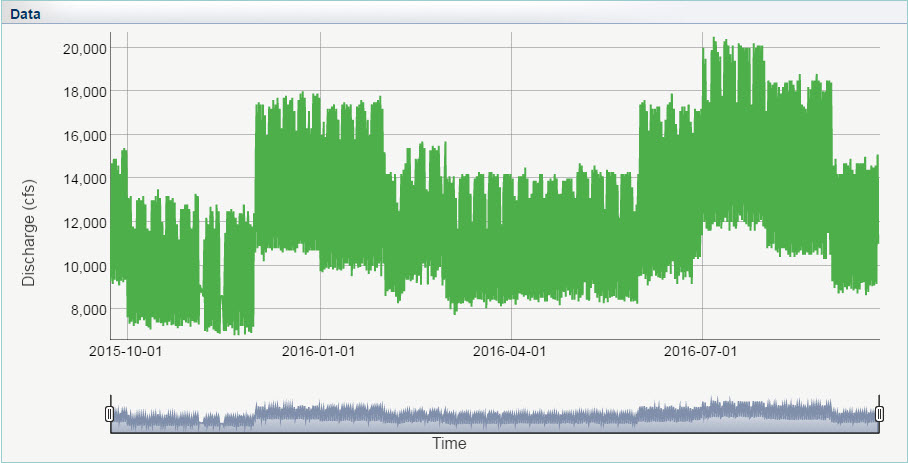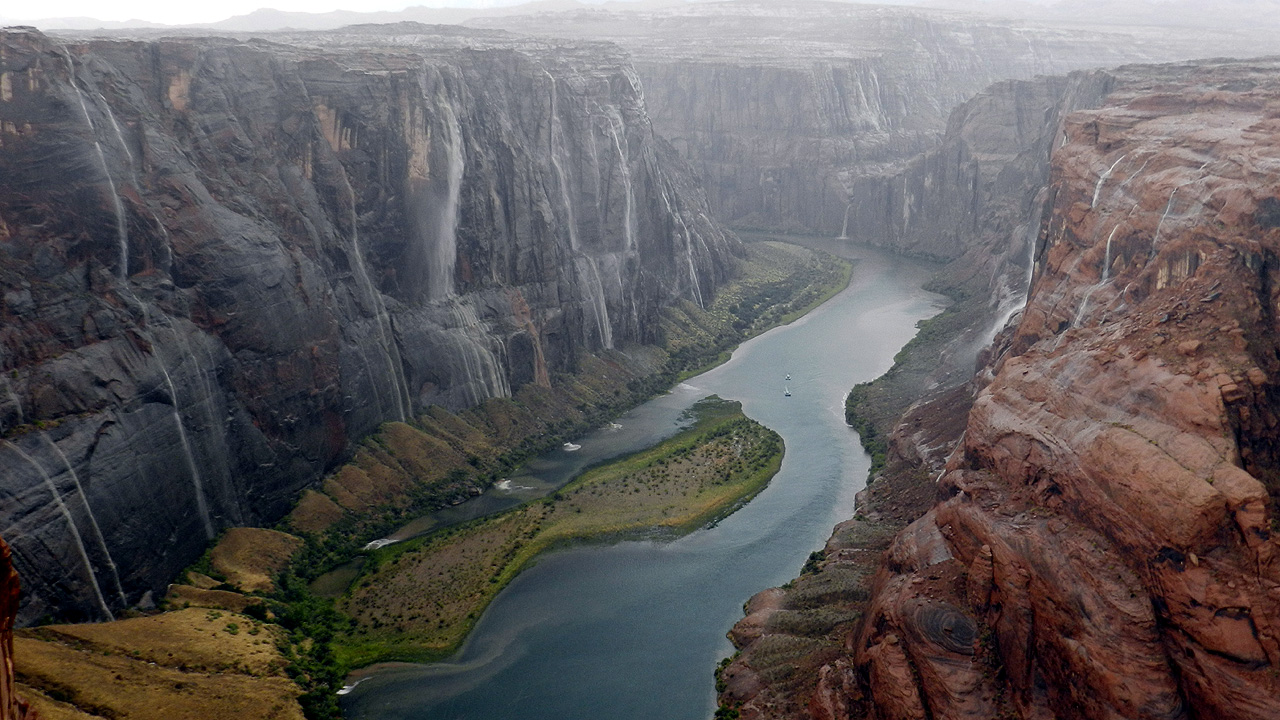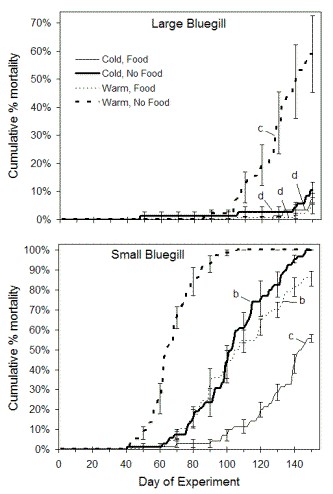Difference between revisions of "Green Sunfish Page"
Cellsworth (Talk | contribs) |
Cellsworth (Talk | contribs) |
||
| Line 169: | Line 169: | ||
*[https://goo.gl/photos/e9fYmrEWVeEBujiA6 Photos of the 2015 green sunfish treatment] | *[https://goo.gl/photos/e9fYmrEWVeEBujiA6 Photos of the 2015 green sunfish treatment] | ||
| − | ==The Effect of Temperature and Food Availability on Size-Specific Overwinter Survival in Age-0 bluegill. == | + | ==[https://experts.illinois.edu/en/publications/body-size-food-and-temperature-affect-overwinter-survival-of-age- The Effect of Temperature and Food Availability on Size-Specific Overwinter Survival in Age-0 bluegill.] == |
'''Shoup, D.E., and Wahl, D.H. 2011. Body size, food, and temperature affect overwinter survival of age-0 bluegill. Transactions of the American Fisheries Society 140:1298-1304.''' | '''Shoup, D.E., and Wahl, D.H. 2011. Body size, food, and temperature affect overwinter survival of age-0 bluegill. Transactions of the American Fisheries Society 140:1298-1304.''' | ||
Fish with protracted spawning often have high variability in length of age-0 fish in fall. Several studies from northern climates have found that early-spawned bluegill ''Lepomis macrochirus'', which are larger and therefore have greater energy reserves going into winter, have greater overwinter survival than their smaller late-spawned cohorts. However, other studies investigating bluegill populations at lower latitudes have found that overwinter survival is not size-selective. To examine the interaction of size and winter severity on overwinter survival, we performed an experiment (2 x 2 x 2 factorial) with two size classes (20-30 mm and 50-60 mm) of age-0 bluegill held at two temperatures overwinter (9C and 4C), with or without food. Bluegill were housed in groups of 10 (n=6 replicates) in aquaria within environmental chambers. | Fish with protracted spawning often have high variability in length of age-0 fish in fall. Several studies from northern climates have found that early-spawned bluegill ''Lepomis macrochirus'', which are larger and therefore have greater energy reserves going into winter, have greater overwinter survival than their smaller late-spawned cohorts. However, other studies investigating bluegill populations at lower latitudes have found that overwinter survival is not size-selective. To examine the interaction of size and winter severity on overwinter survival, we performed an experiment (2 x 2 x 2 factorial) with two size classes (20-30 mm and 50-60 mm) of age-0 bluegill held at two temperatures overwinter (9C and 4C), with or without food. Bluegill were housed in groups of 10 (n=6 replicates) in aquaria within environmental chambers. | ||
Revision as of 14:50, 3 October 2016
|
Green Sunfish (Lepomis cyanellus)Description: Native to the Great Lakes, Hudson Bay and the Mississippi River basin. Introduced into Arizona in 1926. Large mouth with blue-green striations on the cheeks. Opercle flap is black with reddish or orange border. Bodies olive-green in color, dark vertical bars are faintly seen on sides. Pectoral fin short and rounded. Caudal fin and lower fin margins are white or yellowish with dusky spots at rear of dorsal and anal fins. Length: 3 to 12 inches. Weight: 3 ounces to 1 pound 8 ounces. May live to nine years. Location and Habitat: Found in most warm water lakes and streams in Arizona. Prefer lakes with rocky substrate and piles of rubble, but can be found in slow moving rivers and riverine backwaters. Green sunfish have been found at a wide range of stream gradients, varying from 0.2 to 5.7 m/km; however, they are most abundant at lower (<2 m/km) gradients. They prefer small to medium-sized (<30 m width) streams. Temperature: The temperature preference for adult green sunfish is 28.2° C and, when possible, they avoid temperatures above 31° C or below 26° C. Growth and food conversion efficiency increased as temperature increased from 13.2 to 28° C. Optimal temperatures for fry range from 18 to 26° C. The range of tolerance for bluegill fry is 10 to 36° C, and it is assumed that green sunfish fry tolerances are similar. Temperature requirements for juveniles are assumed to be the same as those for adults. 2015-2016 temperatures in the mainstem ranged from 8.0-15.5 C between Lees Ferry and the Little Colorado River. 2015-2016 temperatures in the LCR ranged from 10.0-28.0 C. Turbidity and Dissolved Oxygen: Green sunfish tolerate greater turbidity and lower dissolved oxygen than other sunfish. Moderate (25-100 JTU) turbidities correlated with high species abundance are optimum. Ventilation rates were not affected by bentonite clay suspensions below 2,125 FTU at 5 C, 1,012 FTU at 15 C, and 898 FTU at 25 C. At turbidity levels exceeding 1,012 FTU at 15 C and 898 FTU at 25 C ventilation rates increased 50-70%. Oxygen consumption rates were not affected by turbid suspensions of up to 3,500 FTU at any of the four temperatures. Salinity: Green sunfish have preferred salinity tolerances <0.36% and will not tolerate salinity >0.56%. The Little Colorado River has a naturally high salinity at baseflow ranging from 0.22% - 0.36%. Reproduction: Optimal temperature for spawning and subsequent development ranges from 20 to 27° C. Spawning will not occur below 19° C or above 31° C. Males build nests in shallow pools over gravel, sand or bedrock. The nests are usually within a couple feet of each other. The male guards the nest and hatched fry. Males constantly show defensive displays and fight with other males who come too close. It is thought that green sunfish may produce the same number of eggs as bluegill, which is roughly 50,000 eggs per female. It takes normally 1 to 2 days for the eggs to hatch and another 5 to 7 days of protection from the male until the fry become independent. Green sunfish can spawn up to every 8 to 10 days during the spawning season. Food: Green sunfish will eat anything they can catch and swallow. Aquatic and terrestrial insects and invertebrates are the most common food items. Small crayfish, humpback chub, and frogs are all in danger when green sunfish are present. Young life stages of chub do not persist in streams occupied by Green Sunfish. No recruitment of young-of-year Gila Chub (Gila intermedia) occurred in the presence of sunfish in Sabino Creek, Arizona (Dudley and Matter, 2000). Risk: Green Sunfish may temporarily be displaced into colder more unfavorable environments where survival is lower, but fish that survive will seek out warm backwaters and tributaries after moving downstream. An upstream source that continues to allow new individuals to disperse downstream and colonize tributaries, when they are not in flood stage, greatly increases the likelihood of sunfish establishment in tributaries of the CRe. If no action is taken, there is a high risk of sunfish spreading downstream and becoming established in and near other tributaries, primarily the Little Colorado River, where negative impacts to the endangered humpback chub will occur. |
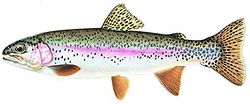 Rainbow Trout |
 Fish Species of the Colorado River in Lower Glen Canyon and Grand Canyon |
 Brown Trout |
|---|
|
|

